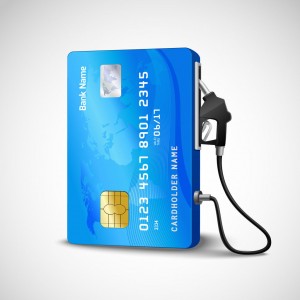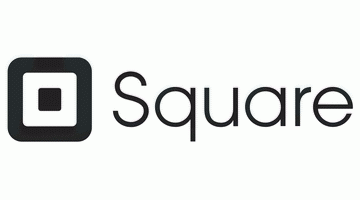Updated on November 22, 2021
Discounts are offered to customers who do not use plastic for their payment in most of the gas station.
If you know it would save you some money per gallon, would you stop paying for gas with plastic? Many owners of gas station are struggling due to the increase in credit card fees; however, the answer is yes and some have started offering discount for customers that pays with cash.
The service station can’t say the exact number but experts say the rate is increasing. Brandon Wright who is the petroleum Marketer of America said “The trend is very popular in some places and will definitely grow across the country.” “And this is because of the high cost of processing credit cards.”
When a credit card that is not affiliated with the brand of gas owner is used, the station’s owner will have to pay their credit card-processing company about 2% of the sale.
Struggling with interchange fees
The interchange fees were manageable when gas was sold for $1 per gallon. When a 15 gallon is filled up, the owner of the gas station will have to pay around 30 cent in fees. However, when the cost of gallon increased to $4.25 per gallon in 2008, the interchange fees also increased reaching $1.27 for the same 15 gallons.
The rising cost is no longer new in business, and what most companies do is that they pass the cost to the consumers. The problem gas retailer has is that they are mostly restricted in their contract with oil companies from taking anything more than 10 to 12 cent a gallon to the wholesale price. This means that on each 15 gallon, the maximum profit they can make is $1.80 if they do not violate their contract. When the interchange fee ($1.27) is subtracted from the total amount, a profit of 53 cent would be gotten from each gallon of gas that the customer buys using the plastic.
This math created tension between the station owners, oil companies and credit card companies which make some owners decide to do something about it.
“When the prices of gas were at peak this summer, both the consumers and station owners were mostly hurt” Judy Dugan said, Dugan is the director with the Los Angeles based nonprofit group Consumer Watchdog. “The oil companies and credit card fees squeezed the owners, so a lot of them ask the consumer to pay them with cash so that they can both save money”
Discounts vs. surcharges
This is the point where complication set in. The agreement between the retailers and credit card processors, such as MasterCard and Visa, prohibit the stores from charging more money from customers that pay with plastic than those that pay with cash. However, it’s OK under this agreement to give discount to customers that pay with cash. Although it will result to the same thing, it is cheaper to pay with cash than plastic; a semantic loophole means that one is alright while the other is not.
In some of the states, it’s not only against MasterCard and Visa’s rules, it’s against the law. In New York, there is a law that forbids retailers from charging an extra amount from customers that pay with credit cards. The cash-discount trend continues growing, however, the rules are sometimes confusing.
The discounts are a draw for some consumers. “I am reducing my expenses by not using a credit cards, this is why I go for station that is offering a cash discount program,” says Sylvia Garcia, a 38 year old high school teacher in Los Angeles. “I only patronize stations that sell at low prices. I prefer not to search for a Shell or Mobil station because those are the card I mostly use.”
Does it worth the efforts for consumers?
While it is good for business when a station offer a cash discount, is it to the consumers’ advantage? A car that travels 15,000 miles at an average of 18 miles per gallon and gets a discount of 5 cent on each gallon would end up saving about $41 per year. Most people see it as a reasonable amount of money and would gladly take the savings. However, some people do not like carrying a huge amount of cash with them nowadays, so they have no other option than to pay with cash, expert say.
“Most people in America are using credit cards to purchase at the pump,” Trish Wexler said, he is the spokeswoman for the Electronic Payments Coalition. It has also been estimated that about 70 percent of consumers used a credit or debit card to pay for gas. “A nickel discount on gas that is close to $4 per gallon is not likely to outweigh the convenience, speed as well as security of paying by credit.”
Beware debit card fees
It is costlier to pay for gas with a credit card. This is because debit cards require a PIN number, most people consider them to be secure, and the fees which are imposed by the issuer are also smaller. However, experts have reported that some gas station charge consumer for using it. A warning post is put in place to notify the customers that a surcharge will be added to debit card purchase and the amount is also specified. The surcharge will appear on the customer’s receipt, added to the price of the gas bought.
Dugan said that “the fee people sometimes pay for using a debit card is around 35 to 45 cent.” “A big surcharge will be charged if you are just buying five gallon while the amount charged will be small if you want to fill your tank with 20 gallons.”
The tension between the credit card companies and station owners will continue as long as the price of gas rise and fall. Dugan said that “the price of oil go up like a rocket and come down like a feather.” “However, most people are happier that the average price is less than $4, but the wholesale price has dropped further, so the dealers are now making some money. But will be angry with the credit card fees whenever the price rises again.”


